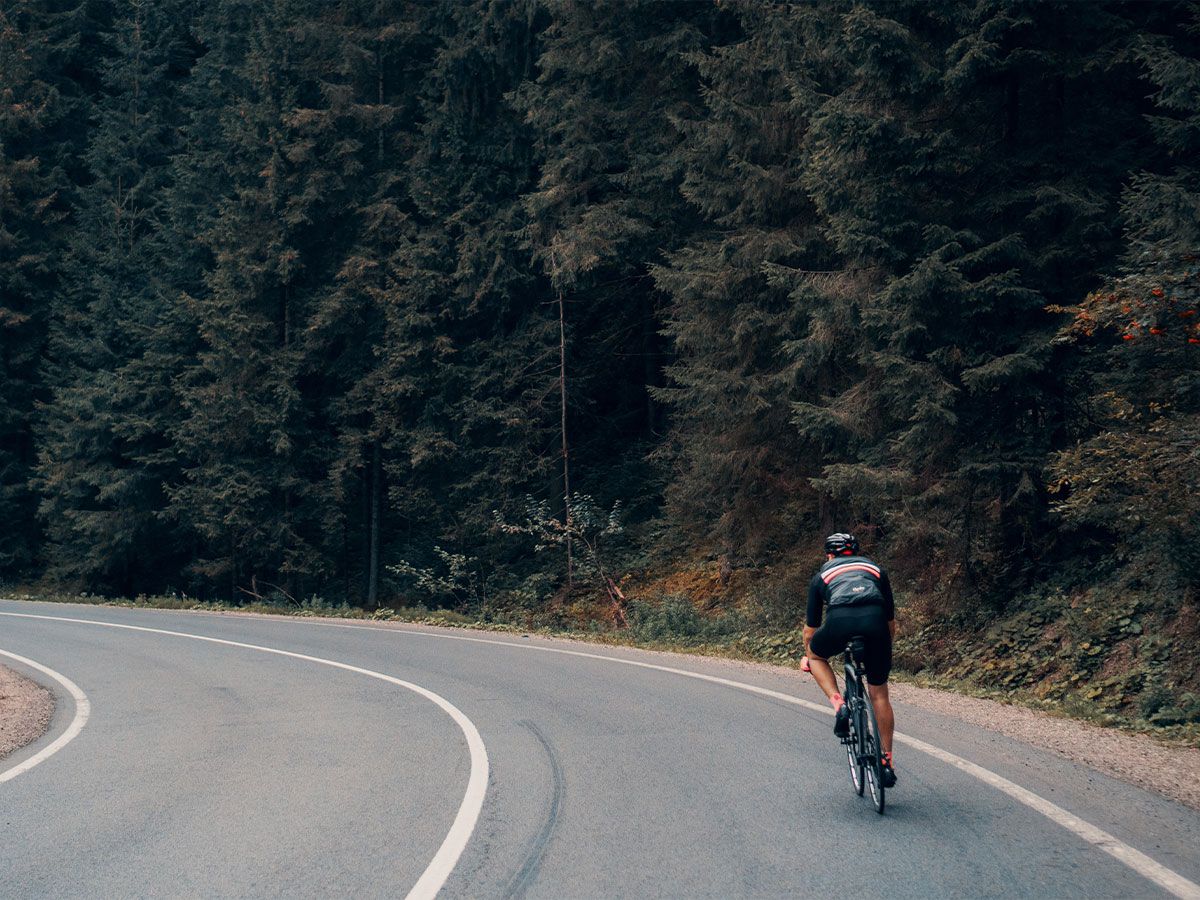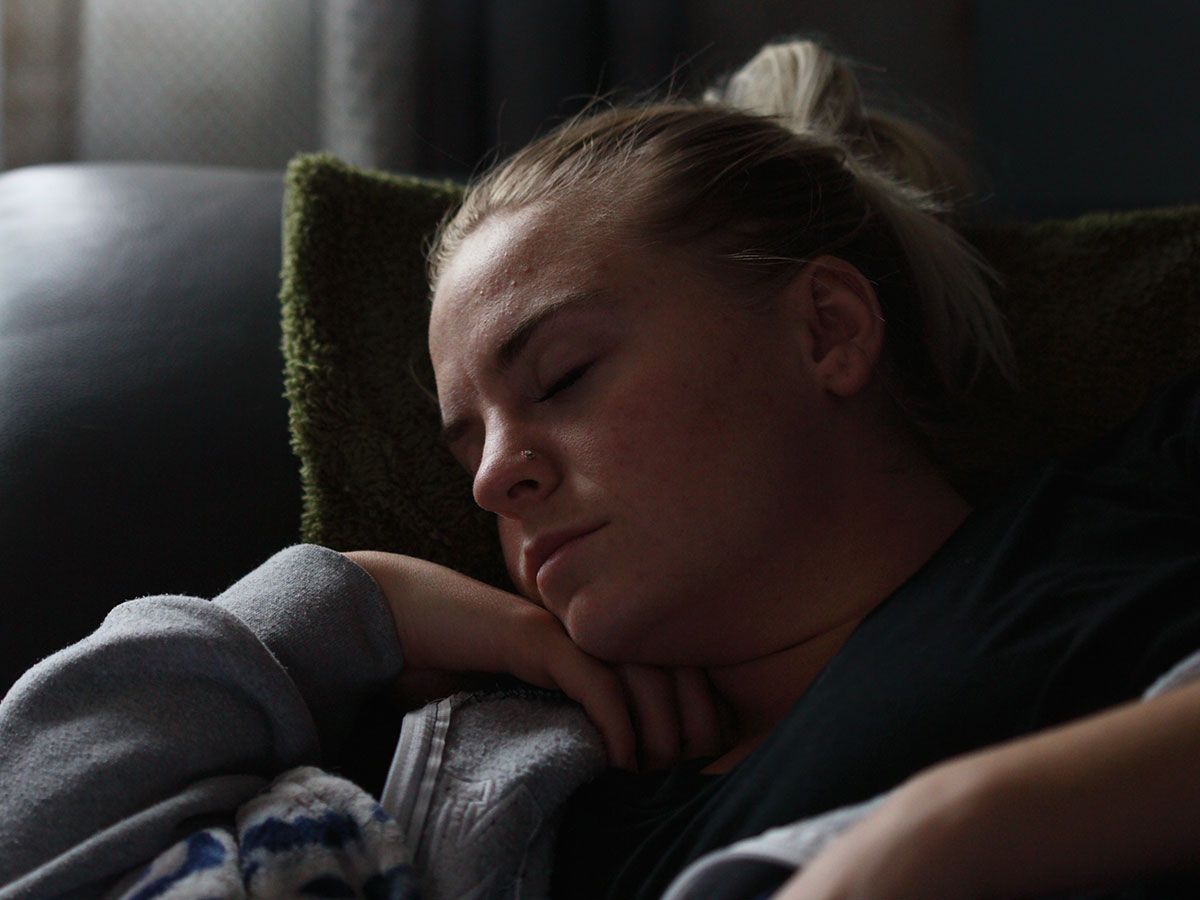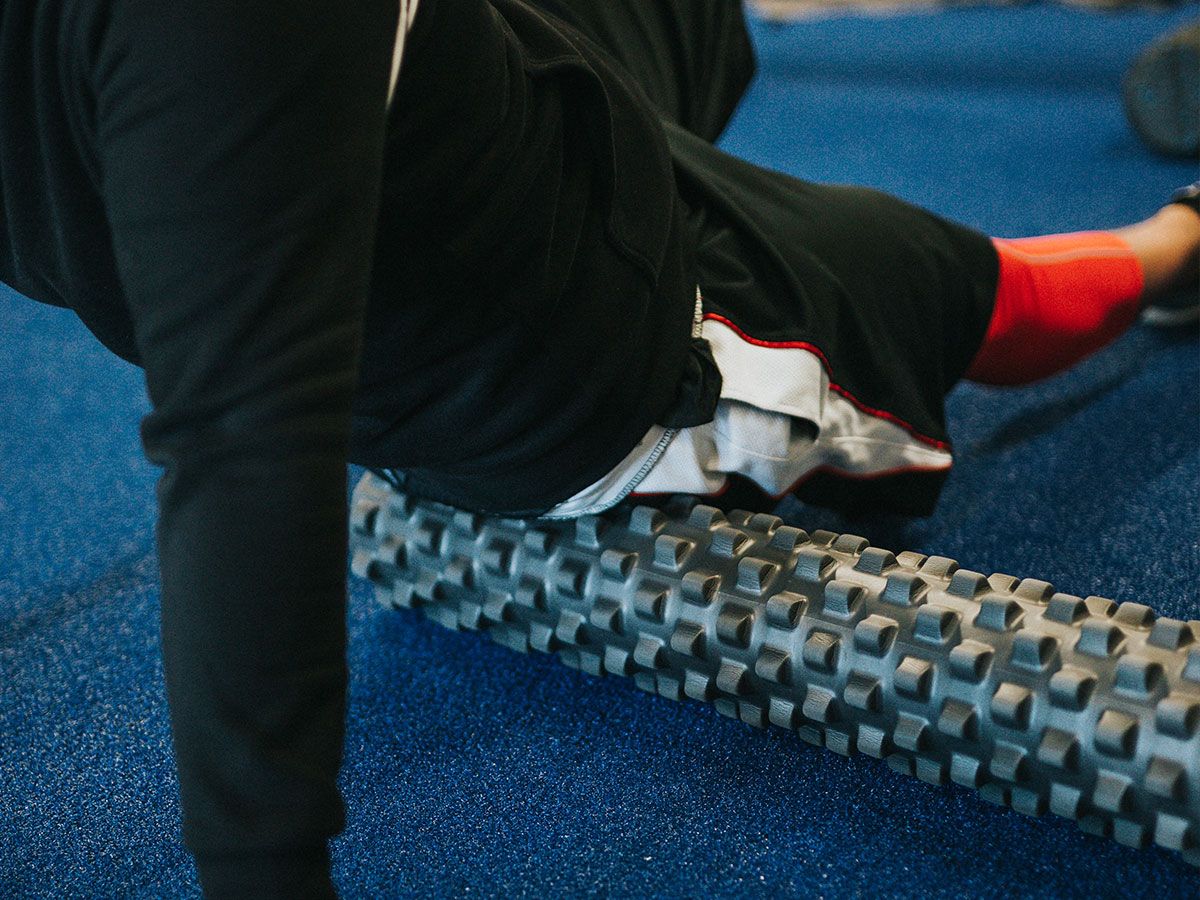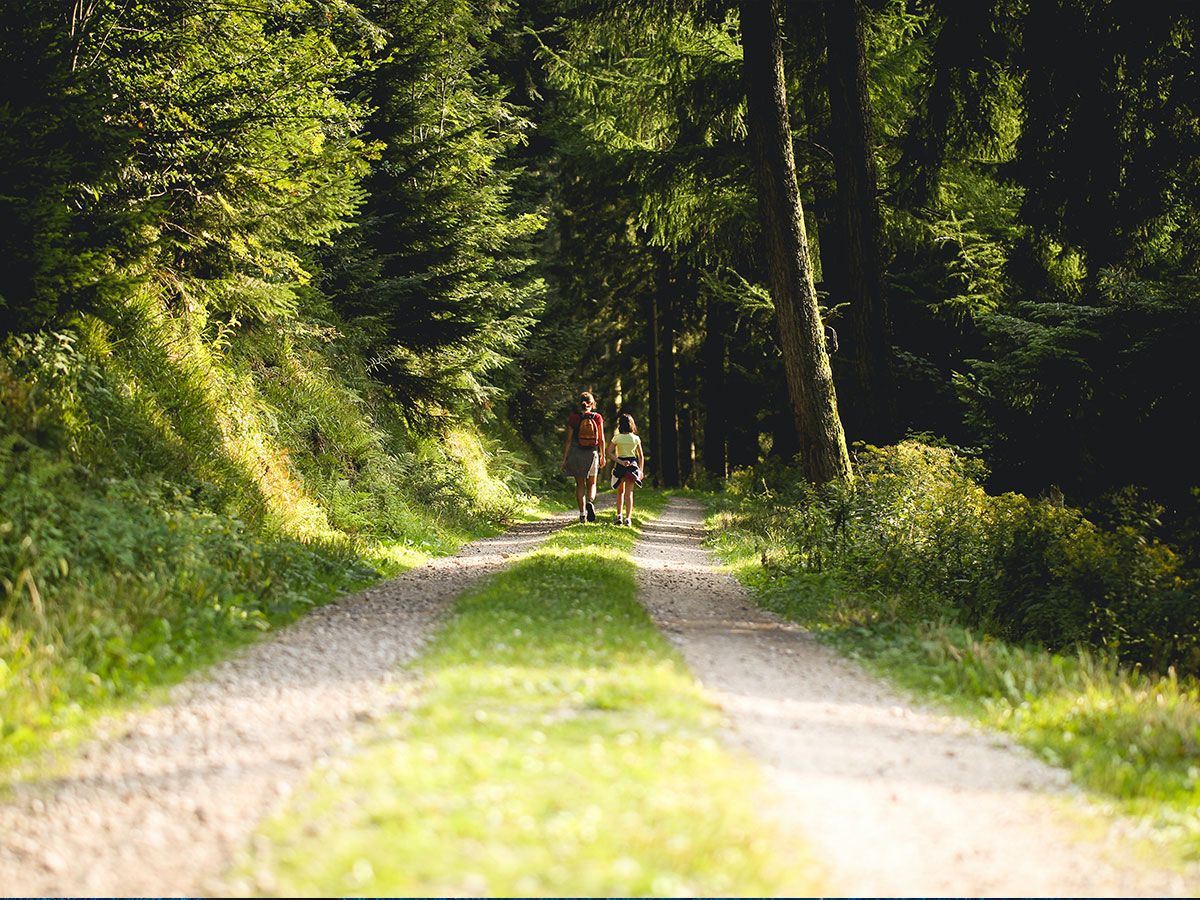
If you cycle frequently, commute daily, enter events or are a racer, recovery should be as big of a priority as any other part of your training. Getting it right and regulated will help you bounce back from an effort and make you fitter and faster.
In many of our previous articles we’ve made the point that recovery aids your body after an intense workout and leaves you ready for the next one. But what does that actually mean and how can you make it happen? In this article we focus on nine methods of recovery that if done frequently will make you a better cyclist.
Spin down and elevate

Directly after a hard ride, or towards the end of it, it is well worth cooling down on the bike. During an intense effort your blood vessels expand and then at a dead stop, blood will pool in your legs – this is what makes you feel dizzy. Spinning in a low gear or elevating your legs against a wall will both help to stretch your muscles and get blood flowing back to the brain.
Sleep

The most obvious mode of recovery is of course sleep. This is because muscle-building hormones that stimulate growth and repair are at their most active when you are getting quality shuteye. A rejuvenating sleep is anywhere between eight and ten hours. You can use apps or specific sleep tracking wearable technology to make sure you are getting the correct amount of nightly rest, or simply listen to your body under different circumstances – some people need more sleep than others.
Stretching

Remembering to stretch before and after each ride is something that we often forget to do as cyclists, but that other sportspeople swear by. Doing ten minutes of stretching to loosen your muscles before a training ride and then having a warm-down period directly after the effort will do wonders for your recovery, and should make you more comfortable on the bike too. Even if you just do simple squats, lunges and quad stretches, your mobility will increase.
Nutrition

Nutrition is a catch-all term in cycling but with recovery specifically, you will want to focus on post-ride carbohydrates and protein. This will massively aid in your recovery and replenish the muscle fibre repairing nutrients that you lose during exercise. A pre-prepared recovery drink is an easy way to nail this step, as well as remembering to take on carbs for energy throughout your ride via bars, rice cakes and fruit to ensure you stay out of the red.
Keep drinking

It is also vital to keep drinking water well after your workout. Hydration is crucial for the recovery process so make sure you’re taking on at least a litre an hour on the bike, and then continuing to stay hydrated afterwards. It’s also a great idea to mix some electrolyte powder in with your fluids to help prevent cramping and replace the nutrients that are lost through sweating – especially important during longer rides or big efforts.
Compression clothing

Compression clothing doesn’t work for everyone, but it’s worth a try. The idea is that blood flow is increased to reduce swelling and promote recovery. Wearing special socks with a pressure in excess of 20mmHg for up to four hours should do the trick.
Self-massage

You don’t have to have your own professional team soigneur to get a decent massage, a one person rub down can be effective too. A twenty-minute session with a foam roller helps to push out waste products from muscle breakdown and improves circulation for fresh blood to then rebuild said muscles. It will also get rid of any annoying knots that can build up if not properly cared for.
Swimming and yoga

Doing other activities like swimming and yoga after cycling is part of what’s called active recovery. These two are particularly beneficial as they will not only help relieve muscle stiffness but will also provide your body with a supplementary workout in areas that are not used on the bike.
Time off the bike

Lastly, taking a day off the bike and focussing on mental recovery is just as important as physical recovery. Think of it as stretching exercises for your mind. If you are unhappy with your progress on the bike, switch things up with a different sport for a while, go for a walk and connect with friends and family. This is vital for your wellbeing and may prevent burnout. There is no shame in taking time off the bike, in fact you’ll probably find you will be a happier, better cyclist for it.
The next time you go out for a long training ride or sign on for a bike race, consider these steps to facilitate a better, quicker recovery. You will be raring to go in time for your next event or challenge.
Protect yourself while out on the roads with comprehensive cycle insurance from us. Get a quote today.
